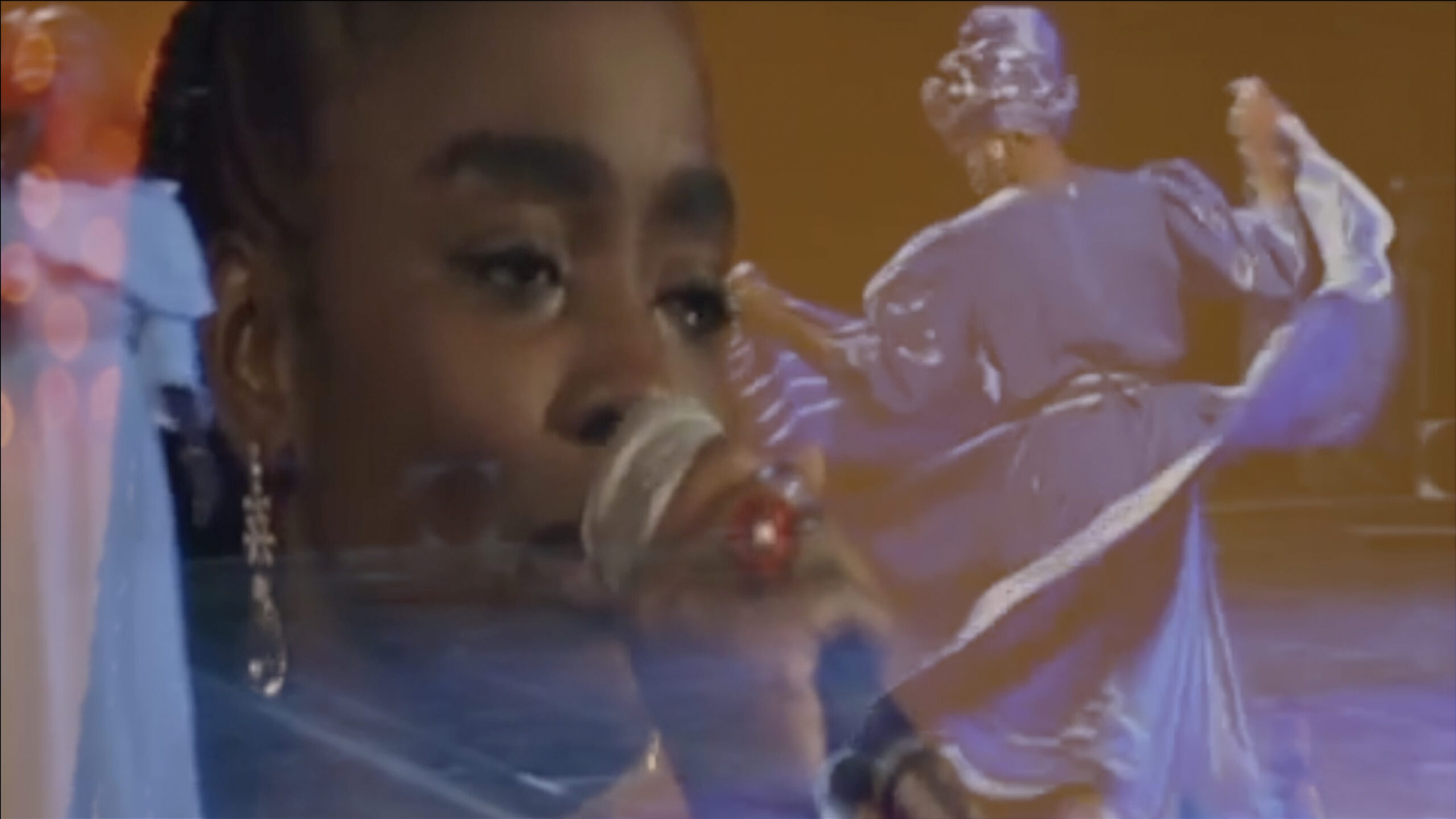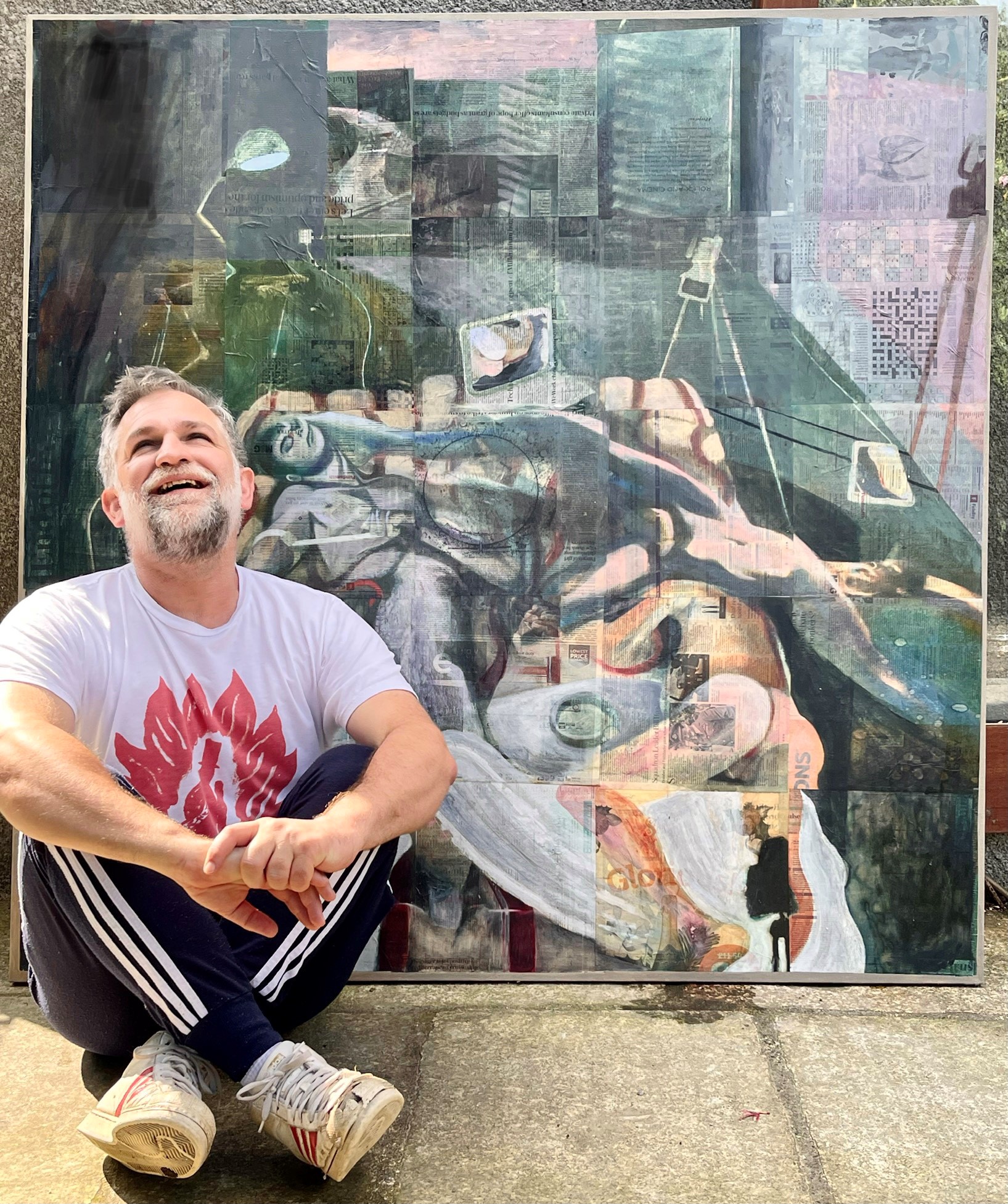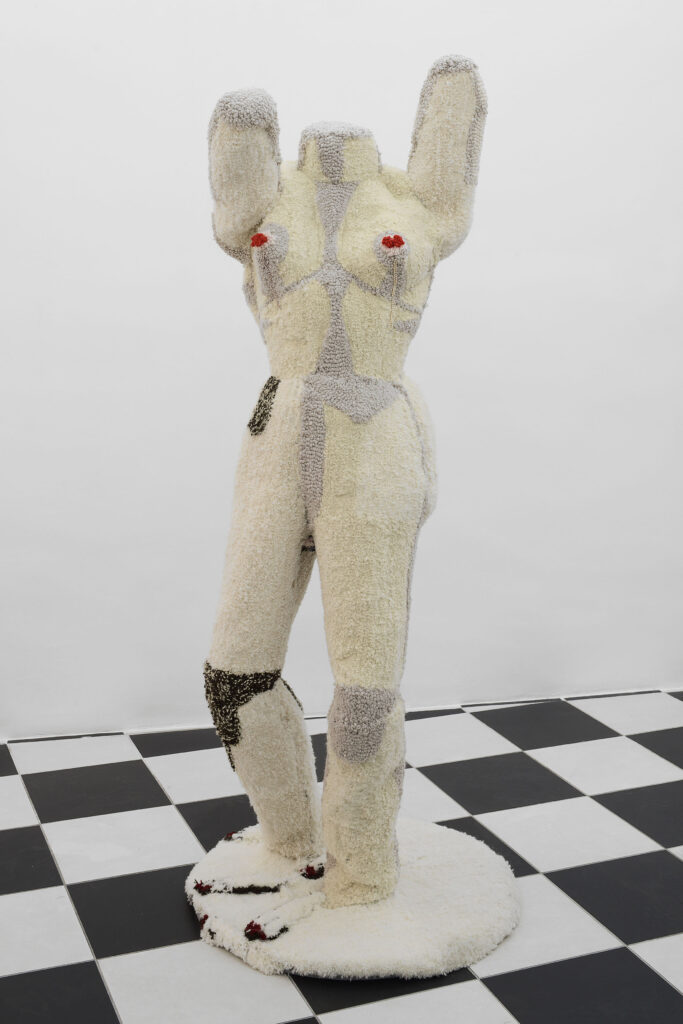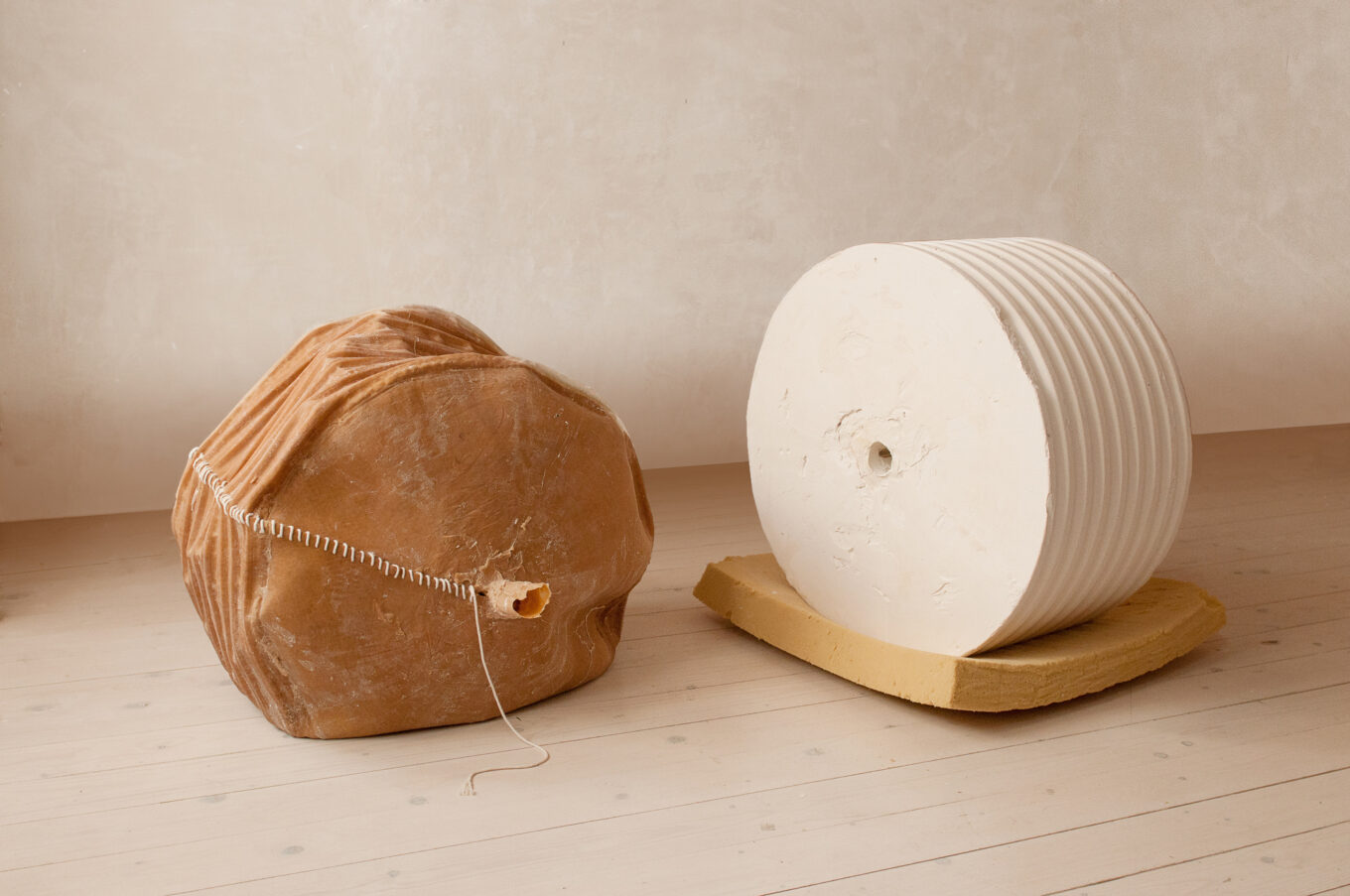ANGELICA NGAI considers the artworks shortlisted for the 2021 Ingram Prize, detailing the appreciation they have for artworks that directly reflect our contemporary moment.
How accessible is art, really, to the general public? More importantly, what platforms exist to support the early careers of emerging artists? These were the questions I had in mind whilst attending the 2021 Ingram Prize Award ceremony. Founded in 2002 by philanthropist Chris Ingram, the Ingram Collection is considered one of the largest and most publicly accessible collections of Modern British Art in the UK. The Ingram Prize, established in 2016, aims to celebrate and elevate new artistic talent, bringing these works to the widest possible audience. Each year, four winners are picked from a shortlist of twenty-nine artists whose works reflect on contemporary themes and debates. One prize winner is then offered a solo exhibition at the Lightbox Gallery and Museum in 2022, and all finalists offered the opportunity to apply for an artist residency project, in partnership with Hestercombe Gallery in Somerset.
This year, the award ceremony was held at Unit 1 Gallery. From afar, one could already see the long queue snaking out of the glass warehouse. As I got closer, the chatter and buzz of the visitors and artists alike filled the air, as warm hugs were exchanged between old friends and champagne flutes clinked against each other in simmering excitement. I was struck by the welcoming and lively ambience of the place; I had expected the ceremony to be one doused in cold formality and stiffness. As such, I was pleasantly surprised by the communal feel which pervaded the night, with artists warmly conversing with visitors and with each other. My friend and I toured the gallery, pushing through the crowd and admiring the different pieces. This year, the shortlisted works encompassed manifold themes, including the effects of technology (Hugo Lami’s Some things weren’t meant to be texted, 2021), the queer-femme experience (Olivia Strange’s Fruits des Femmes, 2020 and Ingrid Berthon-Moine’s Slippery Tongue, 2021) and immigration (Max Limbu’s Vendors, 2020).

Around 7:00pm, a shrill whistle pierced the air and everyone gathered around to hear the announcement of the winners of 2021: Anna Perach, with Daphne, 2021; Anietie Ekanem, with Yemaya o Yemoja, 2021; Katharina Fitz, with Pupa and Queen, 2020; and with James Dealrove receiving the Founder’s Choice Award with Figures on a Bed, 2020.
Dearlove’s Figures on a Bed depicts sprawling, twisted figures in a dimly lit room on a newspaper canvas, drawing echoes of impressionism. This was certainly my personal favourite of the four. The fragmented nature of the painting – the soft curves of the human body interrupted by the lines between the newspaper clips; the flat and warped nature of the figures’ faces; the sharp contrast between the mossy dark green of the background and the stark, whitish-grey hue of the figures’ naked bodies – all conjure up the grimy, polluted air of an urban landscape, creating a sense of suffocation. For me, the painting conveys the aftermath of a night of heated entanglement and passion: the dissipation of desire and bodily pleasures, with nothing left behind. As a hopeless romantic born into a generation that seems increasingly disillusioned with long-term romantic relationships, I couldn’t help but resonate with the lonely feeling it left me with.

I was pleased that my interpretation coincided with Dearlove’s personal explanation of his work. The piecewas informed by his experience living as a queer man in the heart of London, in which ‘gay men were meeting on hook-up apps for anonymous sex and drug-taking…an intense and strange human interaction’. When asked about his utilisation of newspaper as his canvas, Dearlove replied: ‘The anonymity of the 24-hour news cycle seemed an appropriate reflection of the anonymity of the strangers depicted’.

As a History student who is deeply interested in how perceptions of gender and narratives surrounding the female body have informed historical events, another inevitable favourite of mine was Ukrainian-born Israeli artist Anna Perach’s Daphne. A sculpture made of tufted yarn, beading and a wooden frame, Daphne is a part of Perach’s ongoing research into ‘narratives of brutality’, and the compartmentalisation of the female body as it manifests in Western historical timelines. I couldn’t help but draw parallels between the deformed nature of the sculpture and my current historical studies, which concern how the feminisation of the nation – the universal metaphor of the nation as the ‘motherland’, a female body to be protected by her ‘sons’ or citizens – is the basis of many nationalisms.
Unintentionally, a recurring motif in the conversations I had with some of the artists there was the accessibility of art, thus coinciding with the aim of the Ingram collection. I had a particularly interesting conversation with Mircea Teleaga, the artist behind the shortlisted Red Balcony Rain. I was drawn to the painting’s soft, pastel colours, the work depicting a balcony overlooking a rainy cityscape. This was a welcome contrast to the darker tones of some other works.
When asked whether the painting was of a particular location, Teleaga explained to me that he tries not to paint singular, specific places. ‘Rather, even when I do have a place in mind I try to remove myself and my own perception of it as much as possible from my paintings. This allows the artist to meet with the viewer at a neutral middle ground, and interpret the work with them, rather than imposing a certain narrative unto them. He spoke about how his main objective as an artist is to make art accessible: ‘I hope to do so by elevating the possibilities of my viewers’ interpretations’.
Altogether, the exhibition was an eye-opening experience for me. The Ingram Prize undoubtedly a celebration of raw, emerging talent, the relevance of the themes encapsulated in the shortlisted works reinforcing the significance of art in providing a space for discussion, debate and expression. In providing graduate artists with opportunities to exhibit their works to a wider audience, the Ingram Collection embodies the attractiveness of the London creative scene: despite its sternness, rooted in its prestigious nature, it shows that it is capable of occasional displays of kindness. The almost familial and supportive feel of the exhibition left me with a hopeful feeling: it gave me a glimpse into a future where the art world is increasingly less daunting and more gentle to its newcomers – a world that is within reach of the public’s fingertips, rather than one which seems sealed off by lofty exclusivity.
For more information about all the artists shortlisted in 2021’s Ingram Prize, click here.
Featured image: Katharina Fitz, Pupa and Queen, 2020. Plaster, foam, recycled polystyrene, latex, thread, paper. 60 x 120 x 50 cm. Image © Katharina Fitz. Image courtesy of the Ingram Collection.





